

REACH - RDC - Base de données - ICSM - Janvier 2025
XLSX1.2M
The Democratic Republic of Congo has been plagued by a complex humanitarian crisis marked by localized violence and ethnic conflict for decades. These dynamics have been amplified by widespread health issues, such as recent Ebola outbreaks. In 2019, the Humanitarian Response Plan for the Democratic Republic of the Congo stated that an estimate of 12.8 million people were in need of humanitarian assistance − approximately 13% of the country’s population.
Due to this volatile situation and the need to launch adapted responses as quickly as possible IMPACT, through its initiative REACH and partner ACTED, is supporting humanitarian actors in strengthen assessment activities and implementation. IMPACT has also provided critical humanitarian information to aid actors and response planners since first deployed to the country.
The displacement crisis in North Kivu, Democratic Republic of Congo (DRC), is rapidly worsening, exacerbating existing vulnerabilities in a region already beset by severe and persistent needs. Our research highlights the urgent need for food assistance, the rising risk of gender-based violence (GBV) among internally displaced persons (IDPs), and the critical need for long-term solutions to support livelihoods and resilience.
Community voices from DRC
Community members in North Kivu are expressing a desperate need for food and stable employment. ‘We need food now, but we also need jobs to sustain our families in the long term,’ says a local resident from Goma.
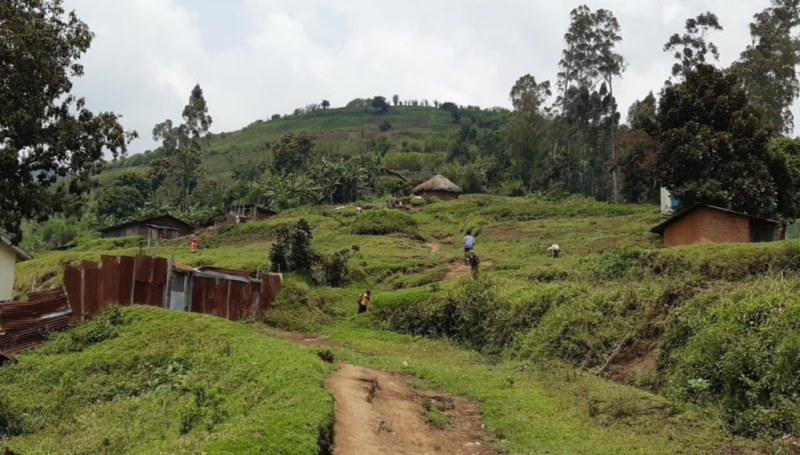
Eastern DRC is a vast region, home to over 100 million people. As of November 2024, nearly 6.9 million people have been displaced, making it one of the largest displacement...
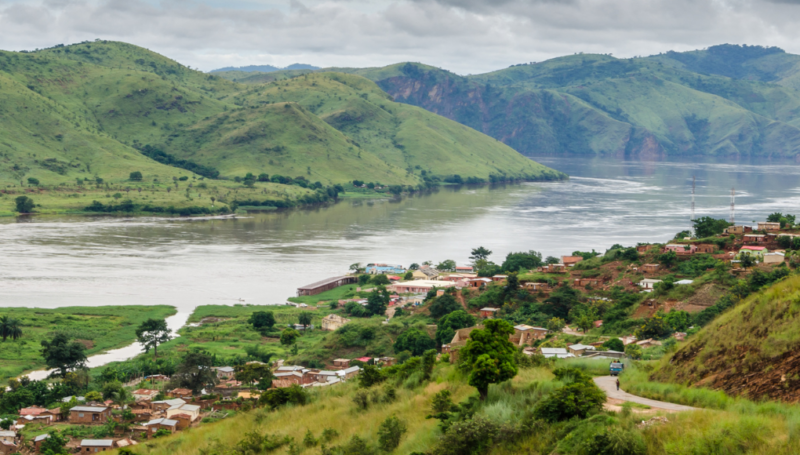
L’instabilité et les conflits à l’Est de la République Démocratique du Congo (RDC) ont entraîné un déplacement massif de la population, notamment dans la région de Goma, capitale du Nord-Kivu....
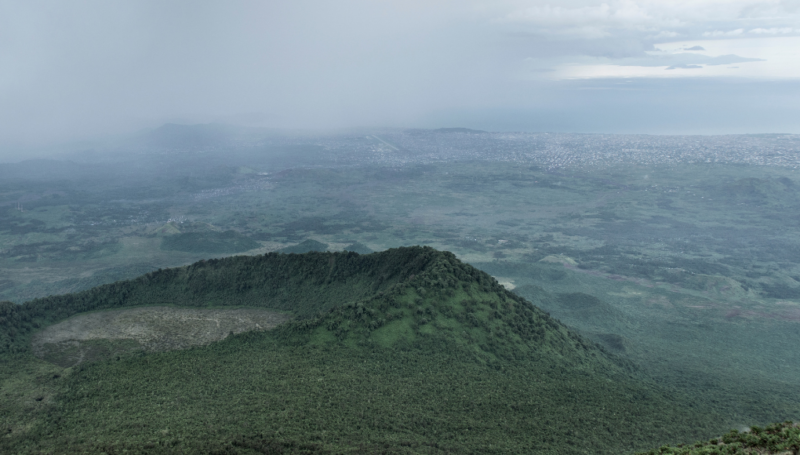
The displacement crisis in North Kivu, Democratic Republic of Congo (DRC), is rapidly worsening, exacerbating existing vulnerabilities in a region already beset by severe and persistent needs. Our research highlights...


REACH - RDC - Base de données - ICSM - Janvier 2025
XLSX1.2M


REACH RDC - Situation Overview - Cartographie Baraka - infrastructures EHA - Janvier 2025
PDF2.9M

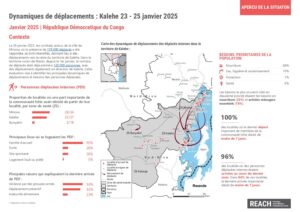
REACH RDC Dynamiques de déplacements Kalehe Sud-Kivu : 23 - 25 janvier 2025
PDF1.2M


IMPACT_DRC_Aperçu_de_la_situation_Mpox_Connaissances Attitudes et Pratiques sites de PDI_janvier 2025
PDF493.2K

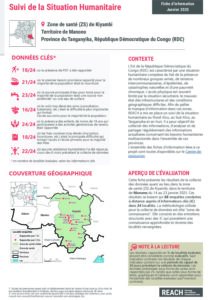
REACH_RDC_factsheet_HSM_Tanganyika-Territoire de Manono-ZS-Kiyambi-Janvier-2025
PDF1.3M

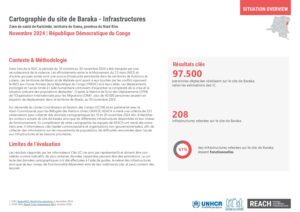
REACH RDC - Situation Overview - Cartographie Baraka - infrastructures - Janvier 2025
PDF2.7M


Factsheet_ICSM_Tendance_annuelle2024_Market_Functionality_Score
PDF2.5M


REACH - RDC - Base de données - ICSM - Décembre 2023
XLSX561.9K

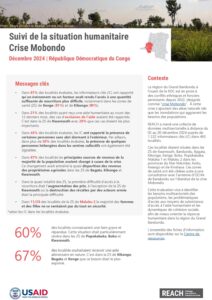
REACH RDC - Suivi de la situation humanitaire - Crise Mobondo - Grand Bandundu - Décembre 2024
PDF5.7M


REACH - RDC - Base de données - ICSM - Tendances annuelles 2024
XLSX149.8K


REACH - DRC - Factsheet - HSM - Cartographie-Bugeri- Janvier 2025
PDF2.4M


REACH_RDC TN Kalemie - Évolution des indices de l'eau (NDWI et NMDI) et des précipitations des villages Kikumbe et Hongwa de 2016 à 2024 - Décembre 2024
PDF1.9M


REACH_RDC TN Kalemie - Évolution de l'indice de végétation (NDVI) des villages Kikumbe et Hongwa de 2016 à 2024 - Décembre 2024
PDF2.5M


REACH - RDC - Evaluation environnementale rapide, Kalehe Sud-Kivu
PDF4.5M


REACH_RDC TN Kalemie Carte de Référence du village Kikumbe - 20241205
PDF7.1M


REACH_RDC TN Kalemie – Évolution de l’occupation du sol des villages Kikumbe et Hongwa entre 2016, 2018, 2019 et 2024 – Décembre 2024
PDF5.4M